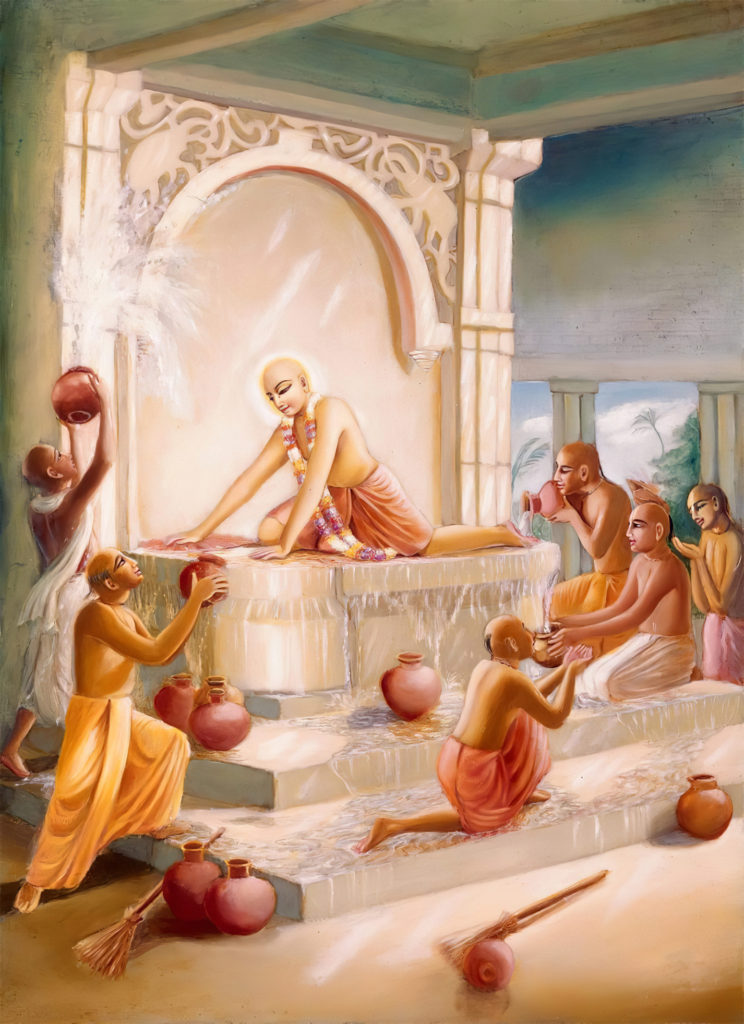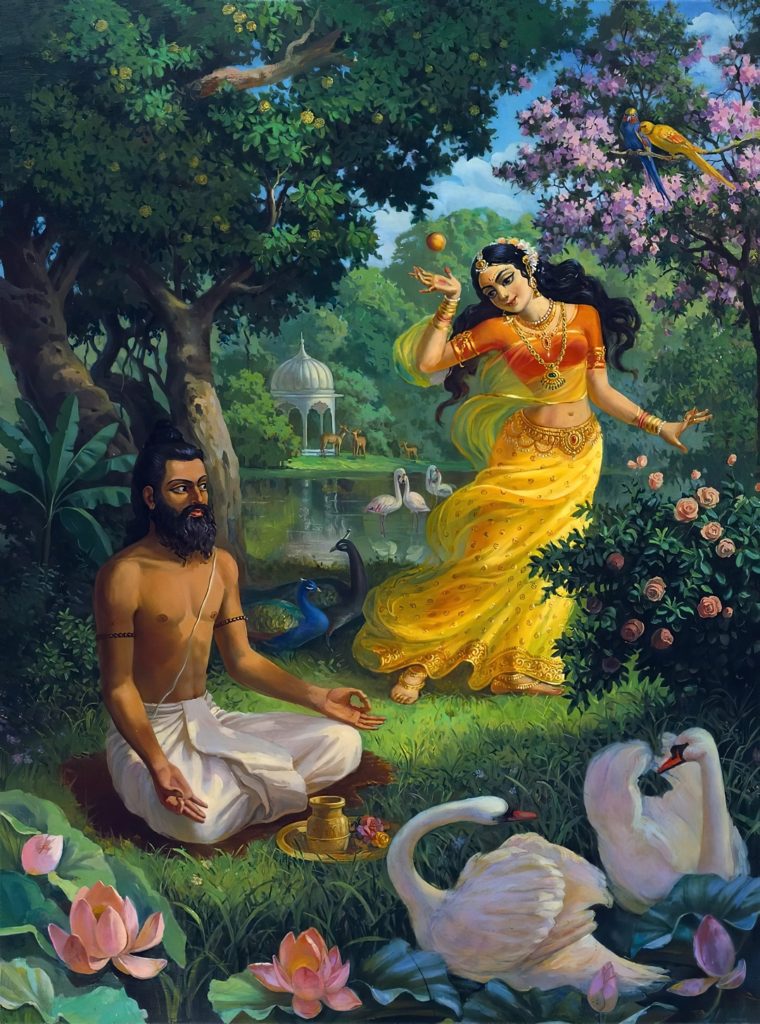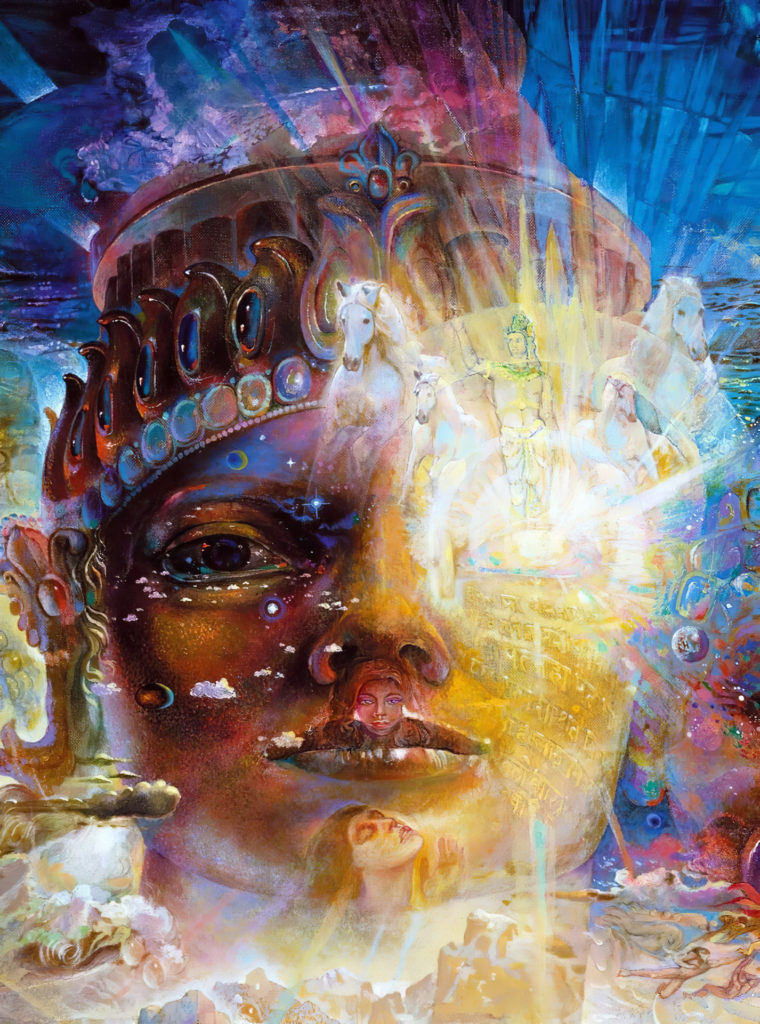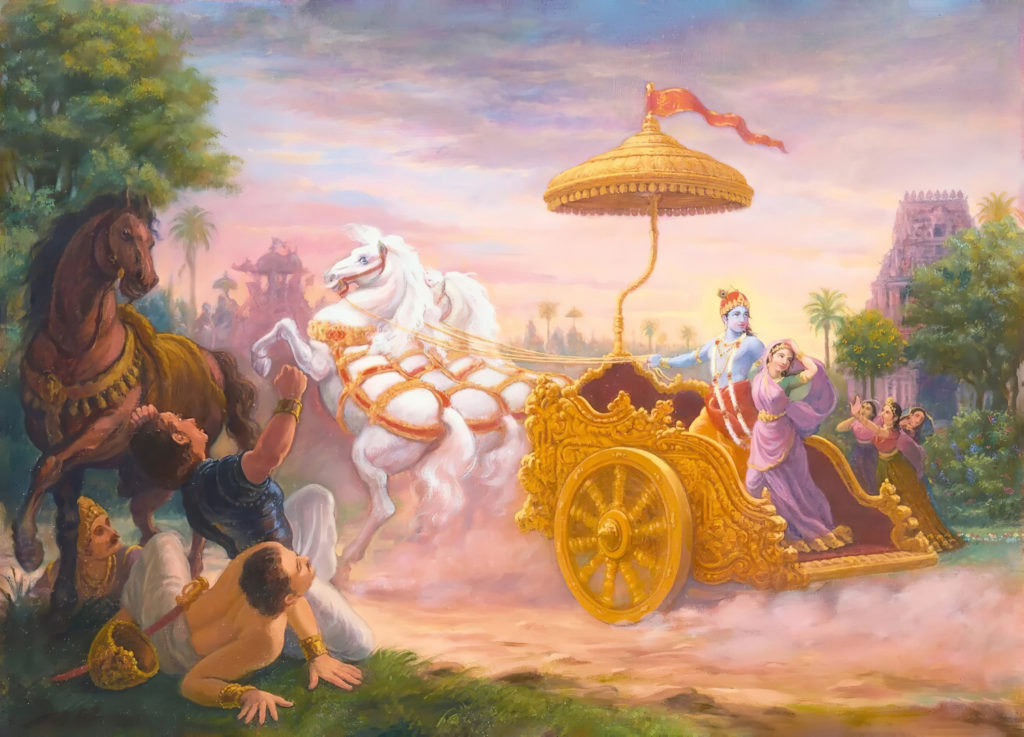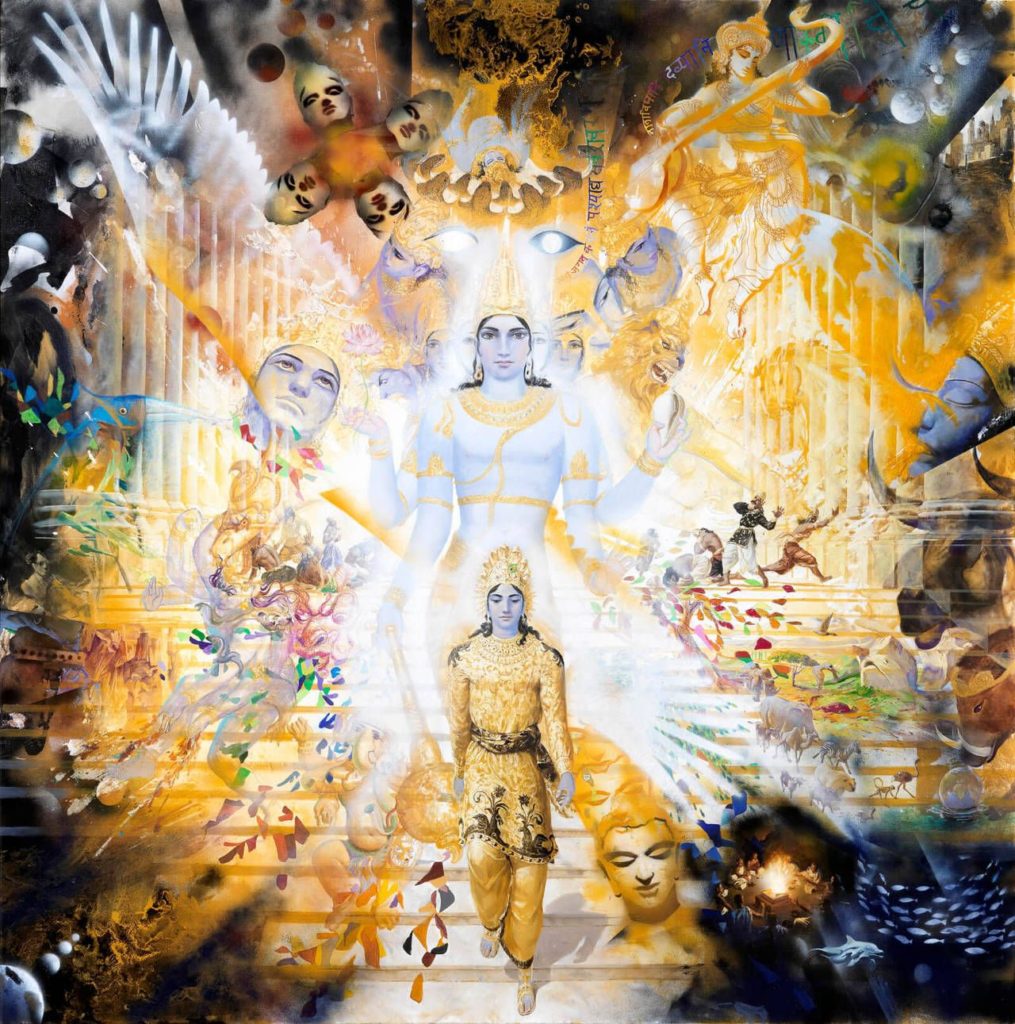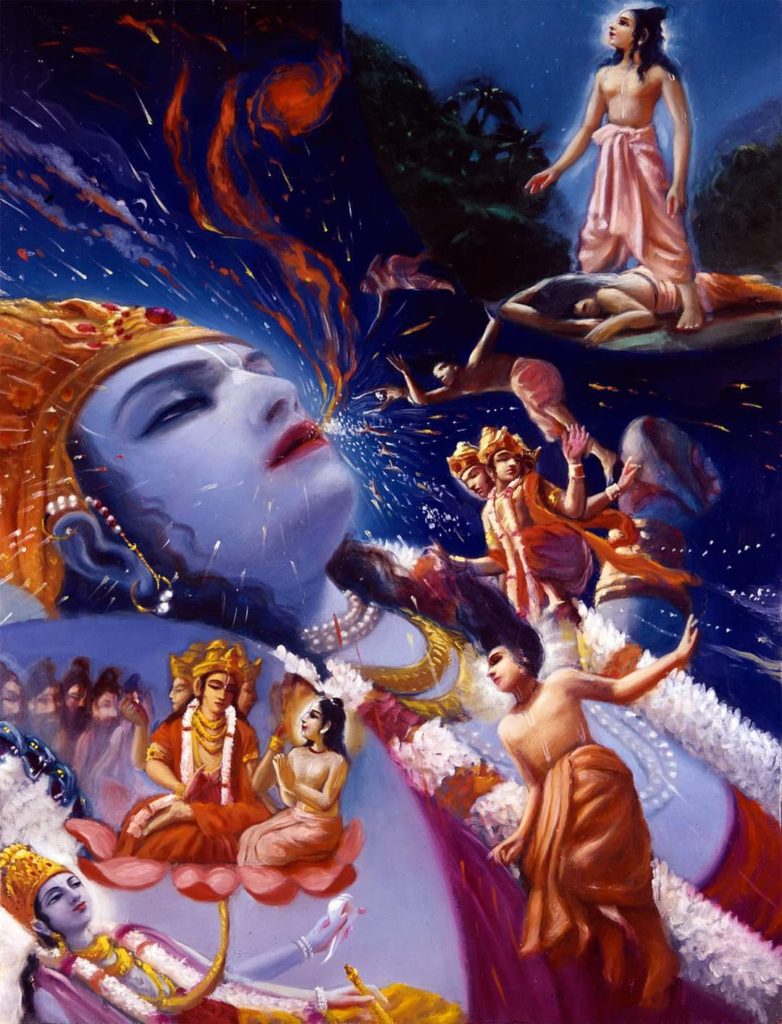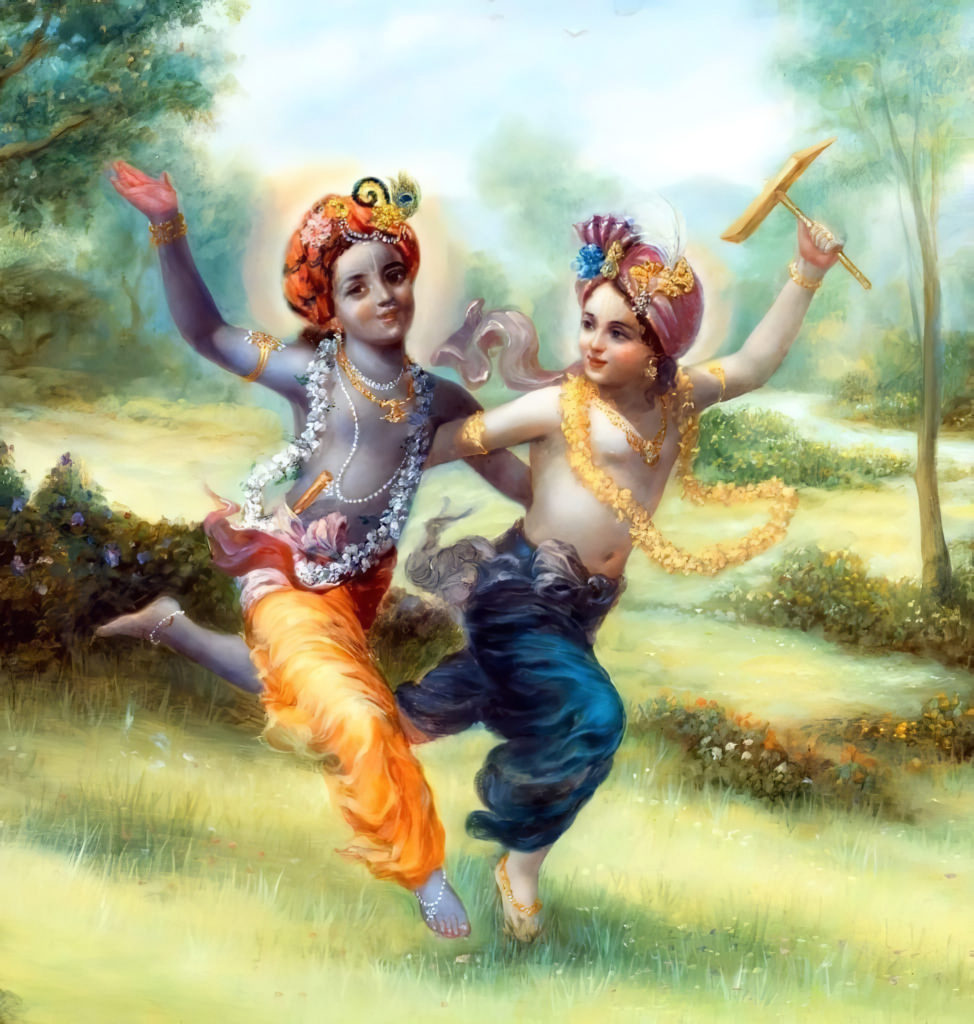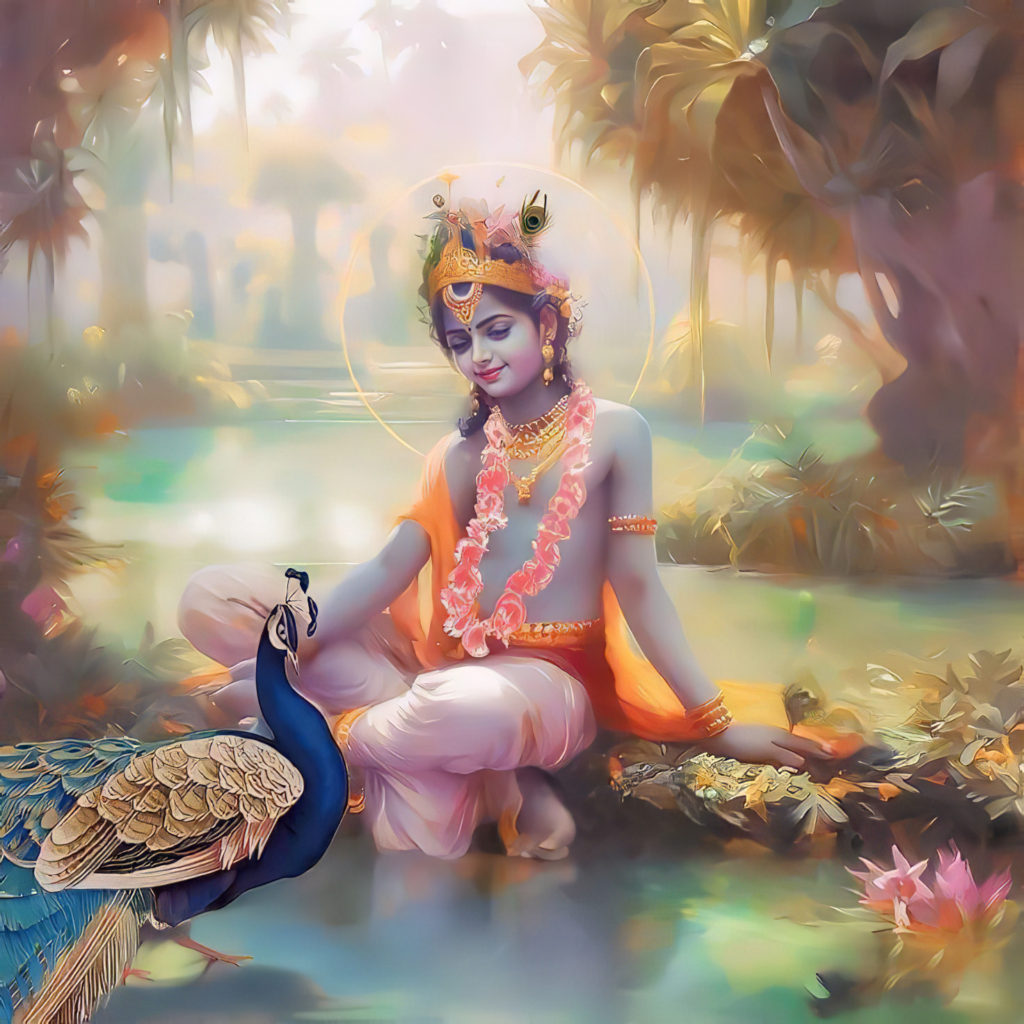In the Srimad Bhagavatam (10.10.15) is mentioned: “A poverty-stricken man must automatically undergo austerities and penances because he does not have the wealth to possess anything. Thus his false prestige is vanquished. Always in need of food, shelter and clothing, he must be satisfied with what is obtained by the mercy of providence. Undergoing such compulsory austerities is good for him because this purifies him and completely frees him from false ego.”
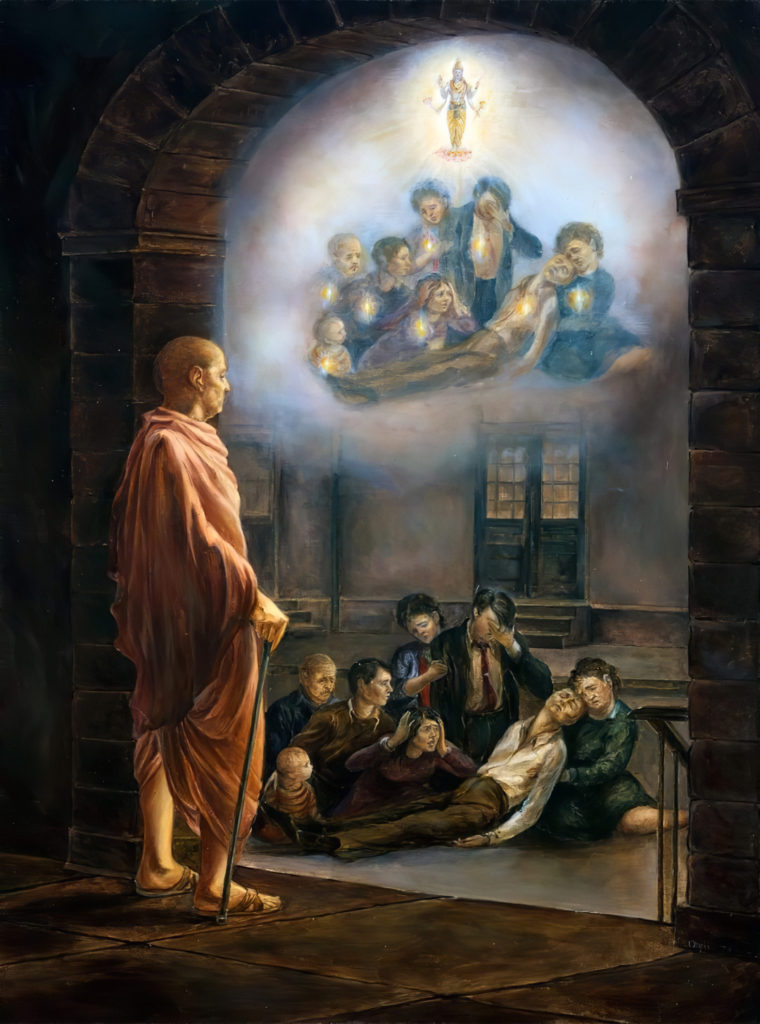
In his purport, Srila Prabhupada reinforces this point, mentioning that “A saintly person voluntarily accepts a state of poverty just to become free from material false prestige. Many great kings left their princely standard of living and went to the forest to practice austerity according to Vedic culture, just to become purified. But if one who cannot voluntarily accept such austerity is put into a situation of poverty, he automatically must practice austerity.”
From this verse and purport we can take two interesting points:
1- Austerity is important (or even necessary) for advancing in spiritual life.
2- If we don’t accept austerities voluntarily, we will end having to accept forced hardships by the influence of the material nature.
Due to the laws of Karma and other influences, no one can go thought the material existence without experiencing hardships. People experience different types of pains, hardships and discomfort. A celebrity may not have to suffer with the bites of mosquitoes and other insects like a poor person living in a village, but may have to deal with the continuous gossips and cruel statements from people in social medias, which can be even more disturbing. A rich person will not experience scarcity of food, but still he may have to experience hunger due to diets, anorexia, or digestive problems, and so on. We face different types of difficulties in life, and some difficulties can be considered worse than others, but we all get our share.
Materialistic people suffer due to their past actions, under the influence of Karma, but as devotees we are supposed to be under the protection of Krsna. Thus, when we face difficulties, we may question: why Krsna is making me go through this? Did I committed some offense? I’m not being a good devotee? Krsna doesn’t love me?
Continue reading
